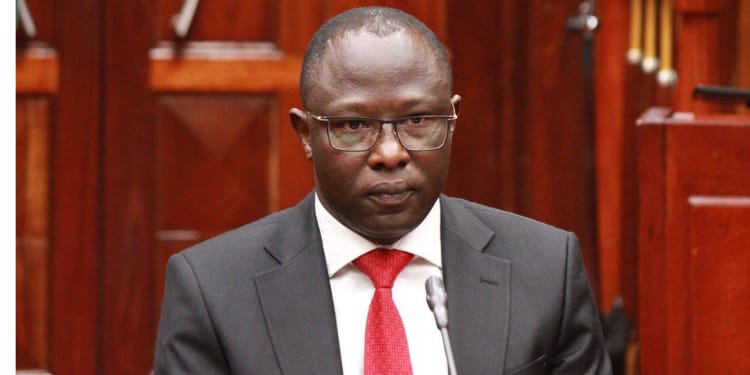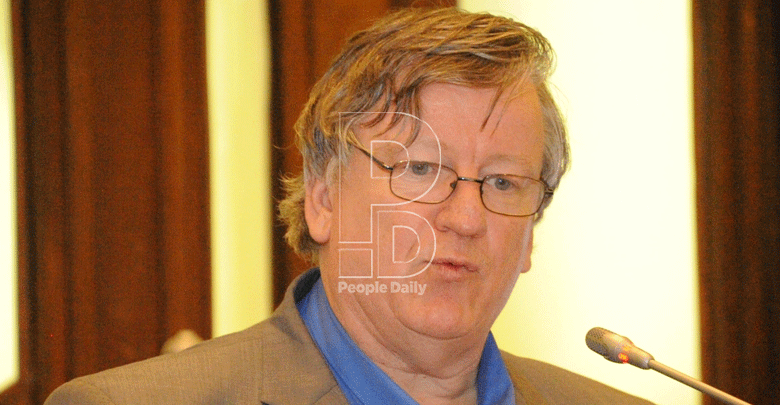WHO wants six-month tuberculosis treatment period reduced
By Mwangi Mumero, April 21, 2021The World Health Organisation (WHO) wants tuberculosis treatment shortened from the current six months to four to effectively control the disease.
WHO latest guidelines state that a person suffering from the disease today has to continuously take drugs for six months, which the world body notes should be reviewed.
“Despite its effectiveness, the current treatment regimen of six months remains too long for many patients.
In recent years, research efforts have been directed towards finding safe and effective shorter regimens,” WHO current guidelines state.
The guidelines observe that new research has shown that a four- month treatment period will be more effective to most patients across the world.
Underlying conditions
WHO County Representative Dr Rudi Eggers says nearly 2.5 million people contracted TB in sub-Saharan Africa in 2019 and more than 660,000 died of it.
Globally, 104 million people are infected with TB of which nearly 1.5 million die each year.
Experts note that this is one of the challenges of treating TB, which remains a major public health concern.
During the launch of two key policy documents to guide the efforts in ending TB in the country last year, Dr Rashid Aman, Health Chief Administrative Secretary, observed that despite TB diagnosis and treatment being offered free of charge in public and other facilities, the hospitals cannot still reach patients are reached, who, therefore do not receive care they need.
Overall, the outbreak of Covid-19 pandemic has compounded the TB situation in the country as people with underlying conditions are at a higher risk of severe disease or even death, according to the Ministry of Health.
Kenya’s TB control strategic plan launched in 2019 aims at curing 597,000 patients by 2023.
WHO notes approximately 85 per cent of patients who take the six-month regiment will be cured.
In Kenya, the disease is the fifth leading cause of death. The Ministry of Health records indicate that some 86,504 cases were treated in 2019. Approximately, 10 per cent of these cases were children.
More Articles

